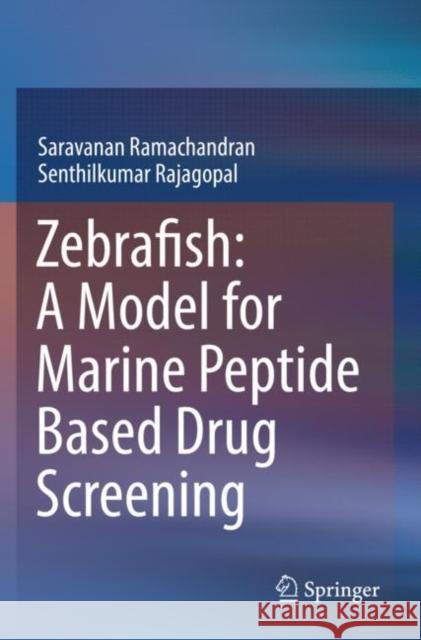Zebrafish: A Model for Marine Peptide Based Drug Screening » książka
topmenu
Zebrafish: A Model for Marine Peptide Based Drug Screening
ISBN-13: 9789811378461 / Angielski / Miękka / 2020 / 73 str.
Zebrafish: A Model for Marine Peptide Based Drug Screening
ISBN-13: 9789811378461 / Angielski / Miękka / 2020 / 73 str.
cena 402,53
(netto: 383,36 VAT: 5%)
Najniższa cena z 30 dni: 385,52
(netto: 383,36 VAT: 5%)
Najniższa cena z 30 dni: 385,52
Termin realizacji zamówienia:
ok. 22 dni roboczych
Bez gwarancji dostawy przed świętami
ok. 22 dni roboczych
Bez gwarancji dostawy przed świętami
Darmowa dostawa!
Kategorie BISAC:
Wydawca:
Springer
Język:
Angielski
ISBN-13:
9789811378461
Rok wydania:
2020
Wydanie:
2019
Ilość stron:
73
Oprawa:
Miękka
Wolumenów:
01











